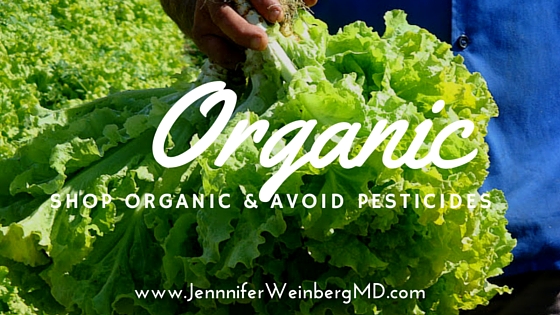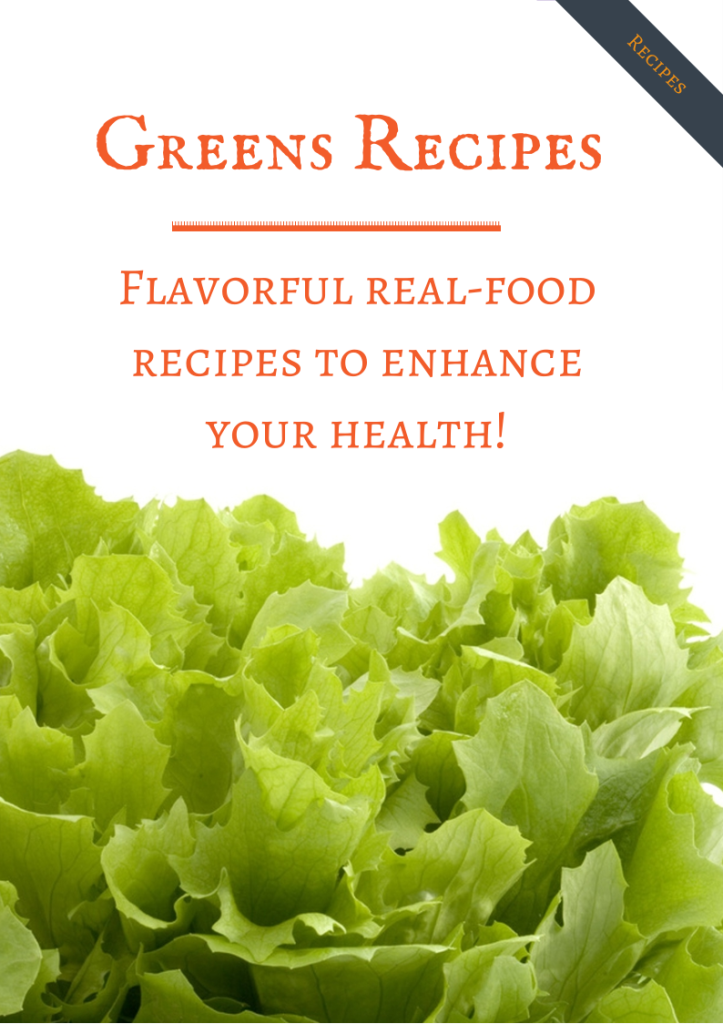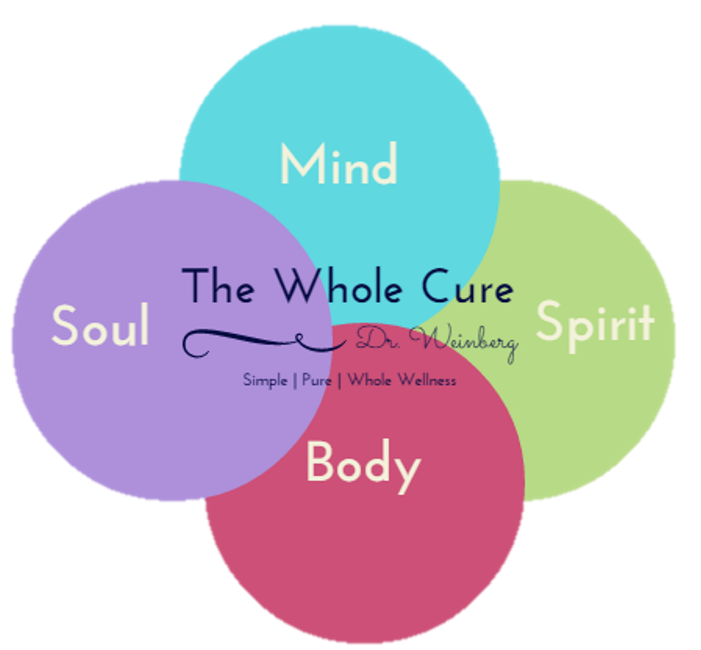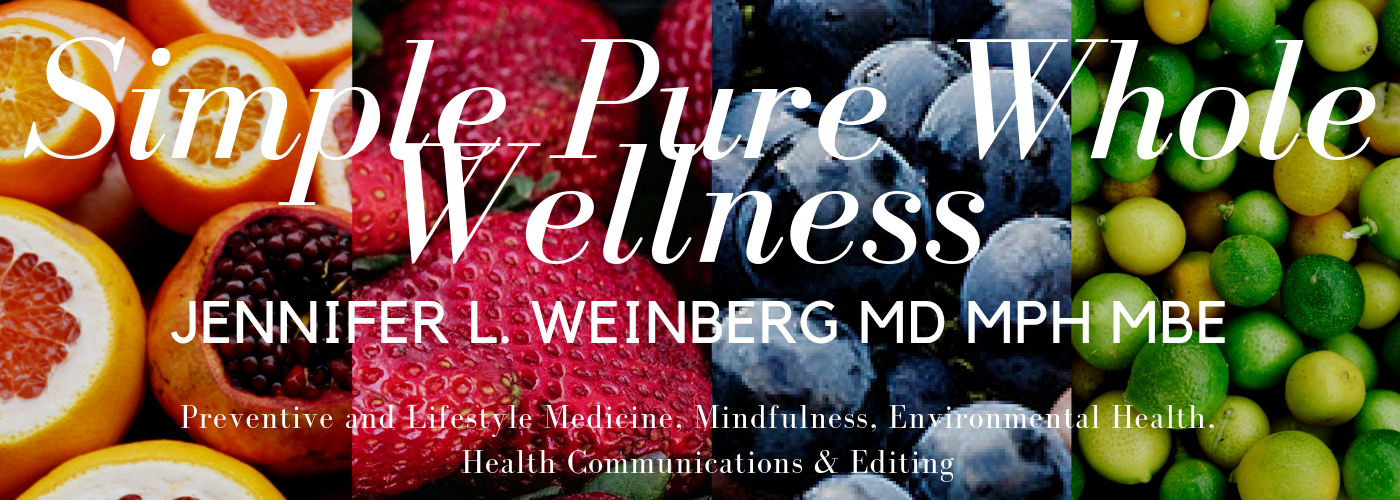The Dirty Dozen Infographic: Shop Organic & Avoid Pesticides

In celebration of National Organic Harvest Month, I welcome Garrick from Juicing with G to the blog to share a fantastic infographic and some important information about The Dirty Dozen and the impact of organic versus conventional produce. Please check out his guest blog post below!
Incorporating a lot of vegetables and fruits in our diet is a surefire way of improving our health and keeping diseases at bay. Unfortunately, many folks fail to realize that a lot of this produce has pesticide residues on it.
Pesticide use has exploded since the Second World War. In the United States alone over a billion pounds are used in various applications including for food production. Imagine the amount of pesticides that crops get exposed to and people who consume them will be affected by, particularly children who are most vulnerable because their immune systems are not fully developed.
Buying organic produce is one way to avoid pesticide contamination. Unfortunately, the organic option can cost two to three times as much as conventional produce in some cases. If you are looking for a way to shop smart yet still save on the cost of organic, you need a way to know which produce has the most and least amount of pesticide residues.
One of the best tools available for consumers is provided by the Environmental Working Group. This advocacy group has developed a ranking of produce called the Dirty Dozen and Clean Fifteen which explores 51 different fruits and vegetables based on the levels of pesticide residues.
This infographic takes the information published by the EWG and shows it to you in a graphic format that you can print out and bring with you whenever you go grocery shopping. As an added bonus, it also shows you five different places where you can buy organic options at a cheaper price compared to a standard retail setting.
Meet Garrick!
Garrick started juicing because he wanted to live and eat healthier. He started Juicing with G as a result of this desire where he shares everything that he has learned and the recipes he has tried. He also talks about various health concerns that many people face like diabetes, high cholesterol and losing weight in order to help himself and more importantly other people who may be facing similar health conditions. Aside from his blog you can follow him in Facebook, Twitter and Pinterest.
Thanks to Garrick for sharing such a valuable resource!

 If you value organic options and want to incorporate more healthy produce into your life, check out my Glorious Greens for Great Health virtual workshop and cookbook and these free Simple | Pure | WholeTM recipes! If you have not already joined, I would love to have you as part of my free Insider’s Community where you will receive wellness resources, news and opportunities along with a special free gift! Get your FREE Chapters from The Whole Cure and purchase your copy of the paperback or Kindle edition today on Amazon!
If you value organic options and want to incorporate more healthy produce into your life, check out my Glorious Greens for Great Health virtual workshop and cookbook and these free Simple | Pure | WholeTM recipes! If you have not already joined, I would love to have you as part of my free Insider’s Community where you will receive wellness resources, news and opportunities along with a special free gift! Get your FREE Chapters from The Whole Cure and purchase your copy of the paperback or Kindle edition today on Amazon!
We are also currently enrolling for The Whole Cure Lifestyle Transformation Program Mindset Module! A few spots remain in this powerful virtual group coaching program which you can participate in from anywhere in the world. Change your outlook, manage stress and improve your overall health for the long term!
Every body is unique so be sure to check with your health care professional before making any dietary or lifestyle changes. These are products that I use and should not be considered medical advice.
This post was shared with: Motivation Monday, Healthy, Happy, Green & Natur



Comments
Deborah Davis
I am always amazed when I see people buying or drinking juices made with conventional, GMO and non-organic produce so I am delighted that you shared this awesome post featuring The Dirty Dozen Infographic and the importance of shop organic and avoiding pesticides with us at the Plant-Based Potluck Party Link Up. I’m pinning and sharing.
Dr. Jennifer L. Weinberg, MD, MPH, MBE
Thank you for sharing and stopping by! It really is important to be aware of what we are eating and using in our lives.
Marla
HI Dr. Jennifer,
Thanks for sharing the infographic. I believe it is very important that we eat a clean as possible I always try to buy local so that I know how the food is grown, but not everything is available especially out of season produce. Thanks for sharing on Real Food Fridays. Pinned & twitted.
Dr. Jennifer L. Weinberg, MD, MPH, MBE
Thank you for hosting, stopping by and for your comment Marla! I appreciate your shares!
Kathleen
I just love this page and the infographic is so very helpful. I would love you to post this on Fridays Blog Booster Party. If you can send me a note on my email and I will send you a reminder on Friday.
Kathleen
Dr. Jennifer L. Weinberg, MD, MPH, MBE
Thank you Kathleen for stopping by! I will check out Friday’s Blog Booster Party and am happy to share!
Debbie
That infographic is really an eye-opener. Thanks a lot for sharing it.
It’s not that easy to buy organic here in Belgium, and the prices are still over the top. But slowly we are getting there.
#TipTuesday
Dr. Jennifer L. Weinberg, MD, MPH, MBE
Thank you for hosting #TipTuesday Debbie and for stopping by! It would be great to see real, healthy, organic food become more accessible and affordable.